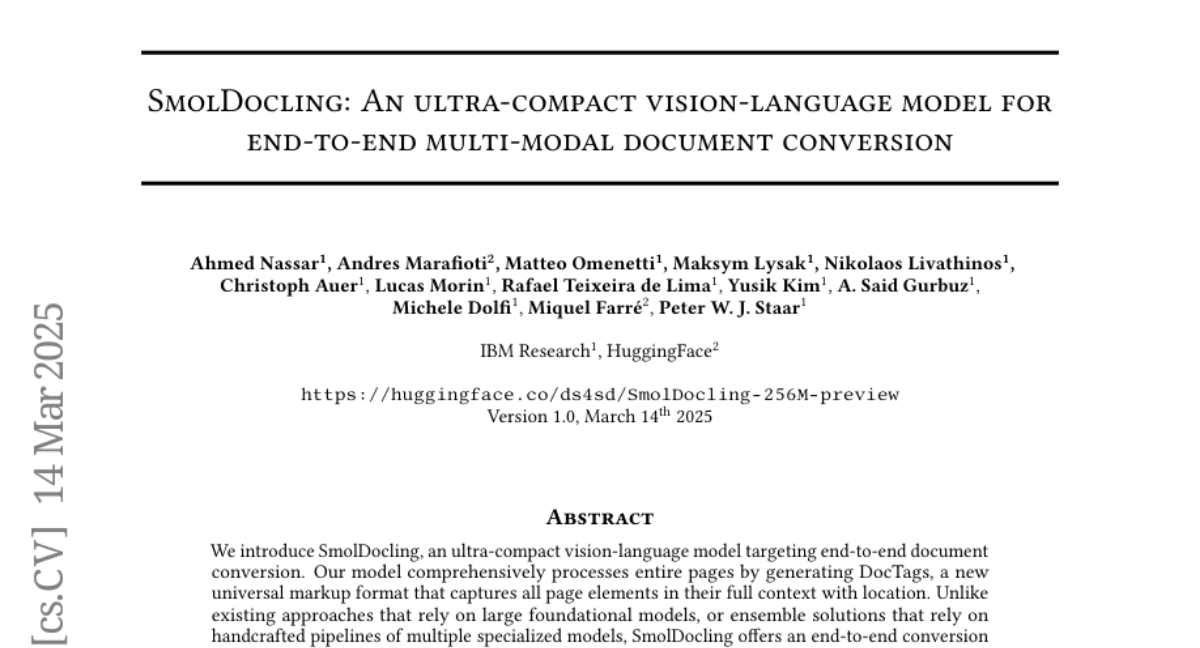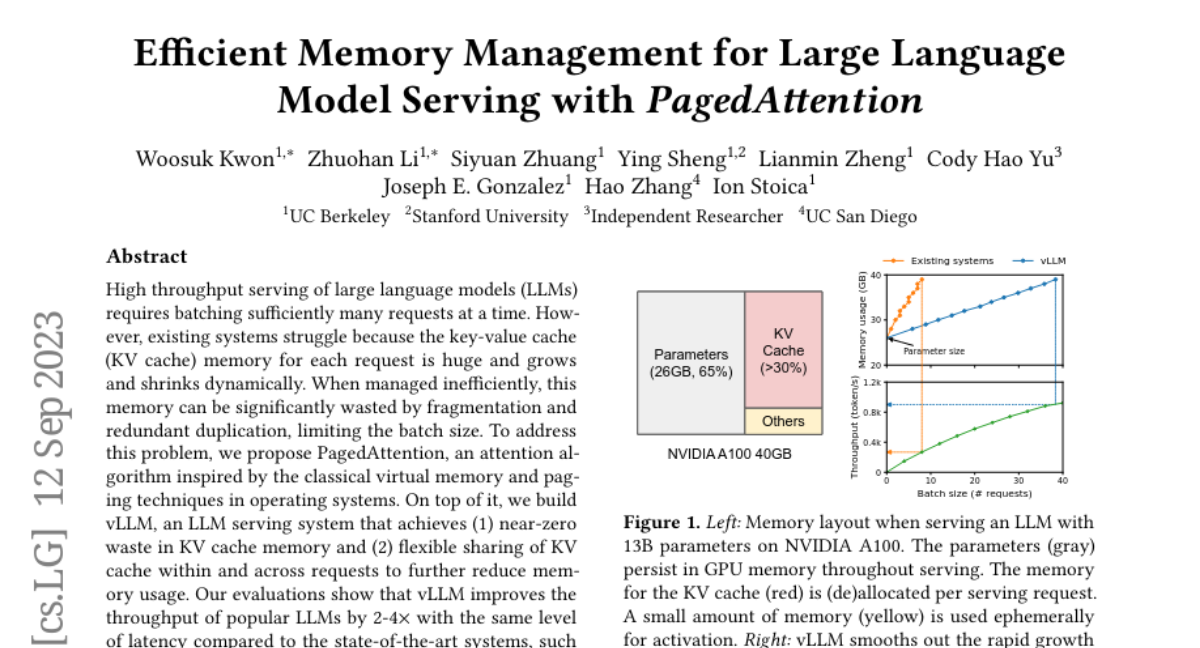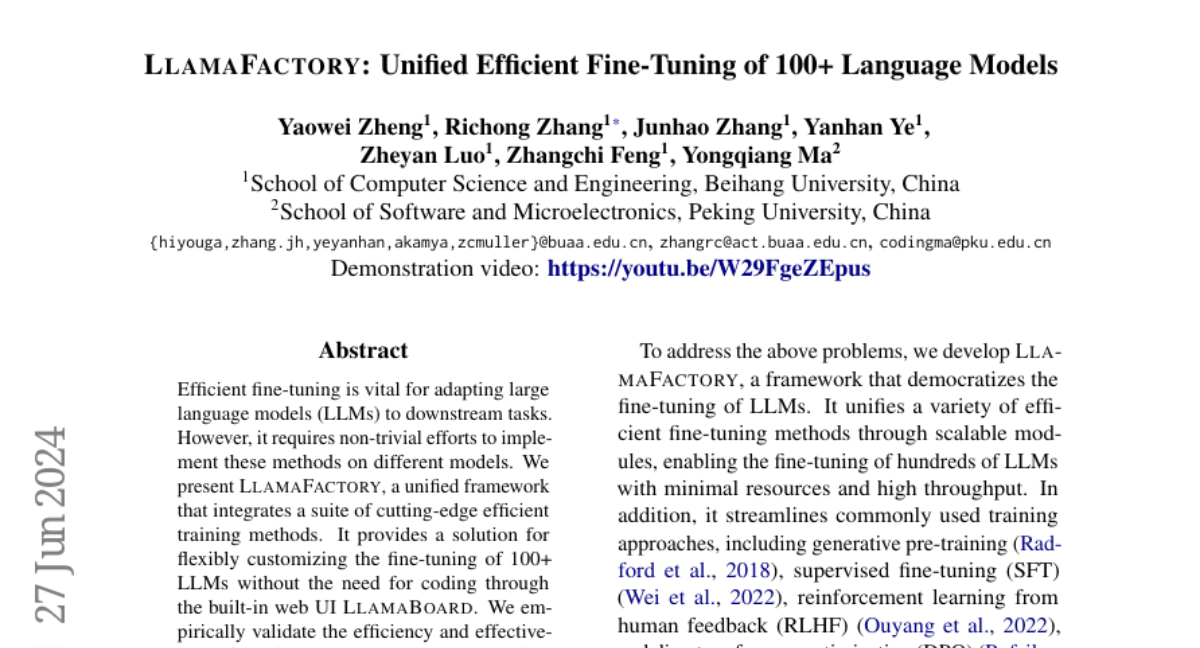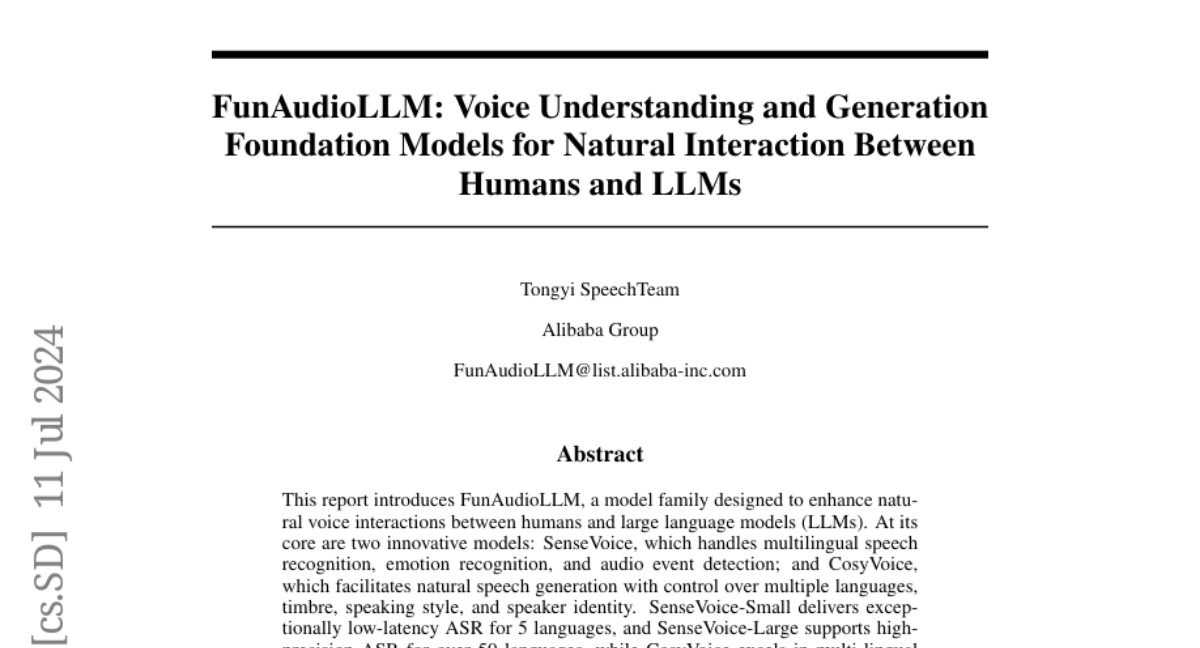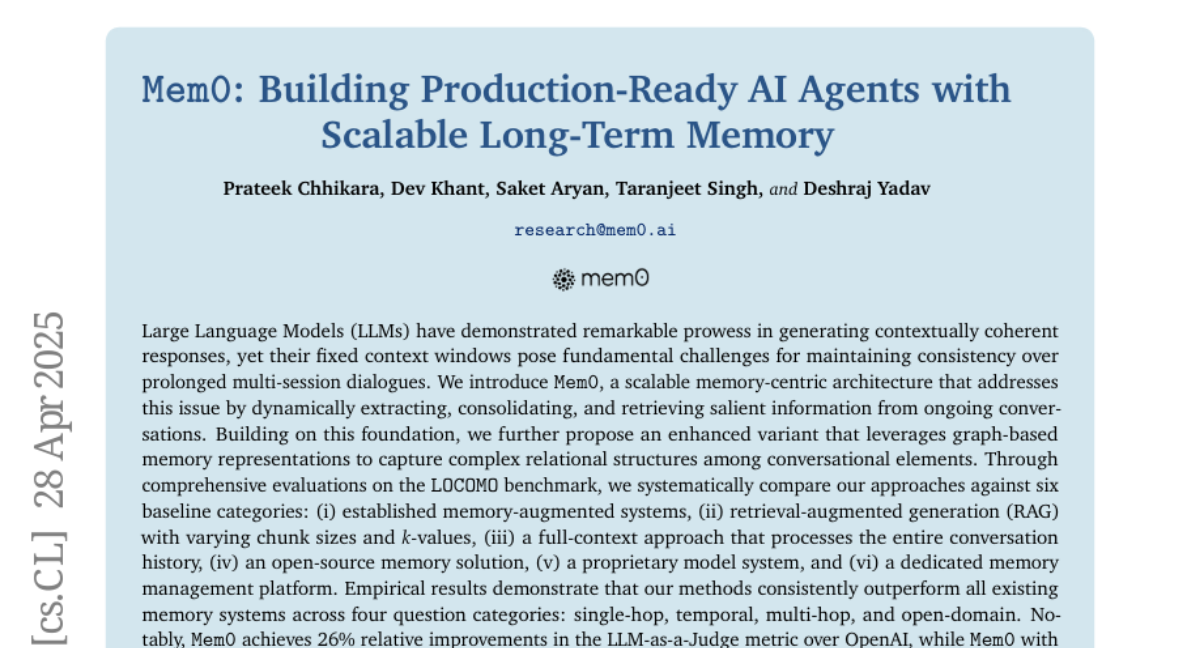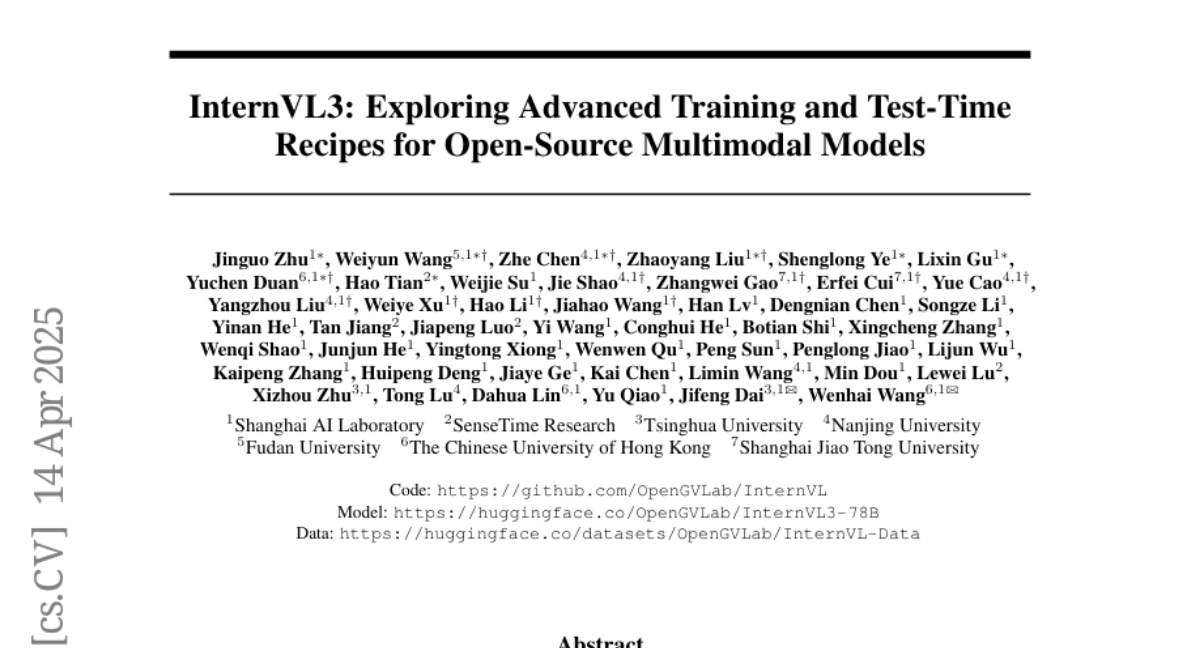Sharp Monocular View Synthesis in Less Than a Second
SHARP synthesizes photorealistic views from a single image using a 3D Gaussian representation, achieving state-of-the-art results with rapid processing.
Sharp Monocular View Synthesis in Less Than a Second
SHARP synthesizes photorealistic views from a single image using a 3D Gaussian representation, achieving state-of-the-art results with rapid processing.






